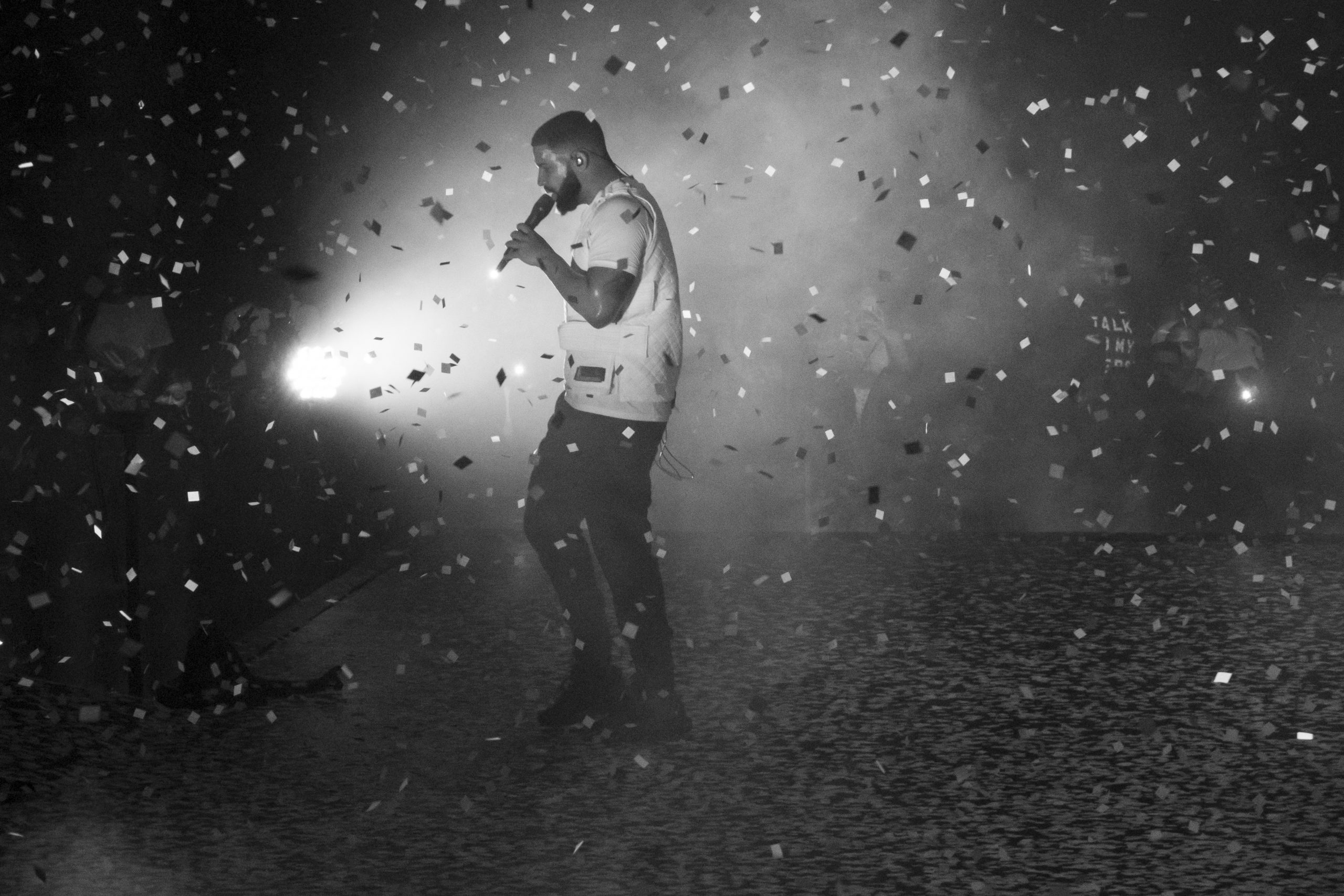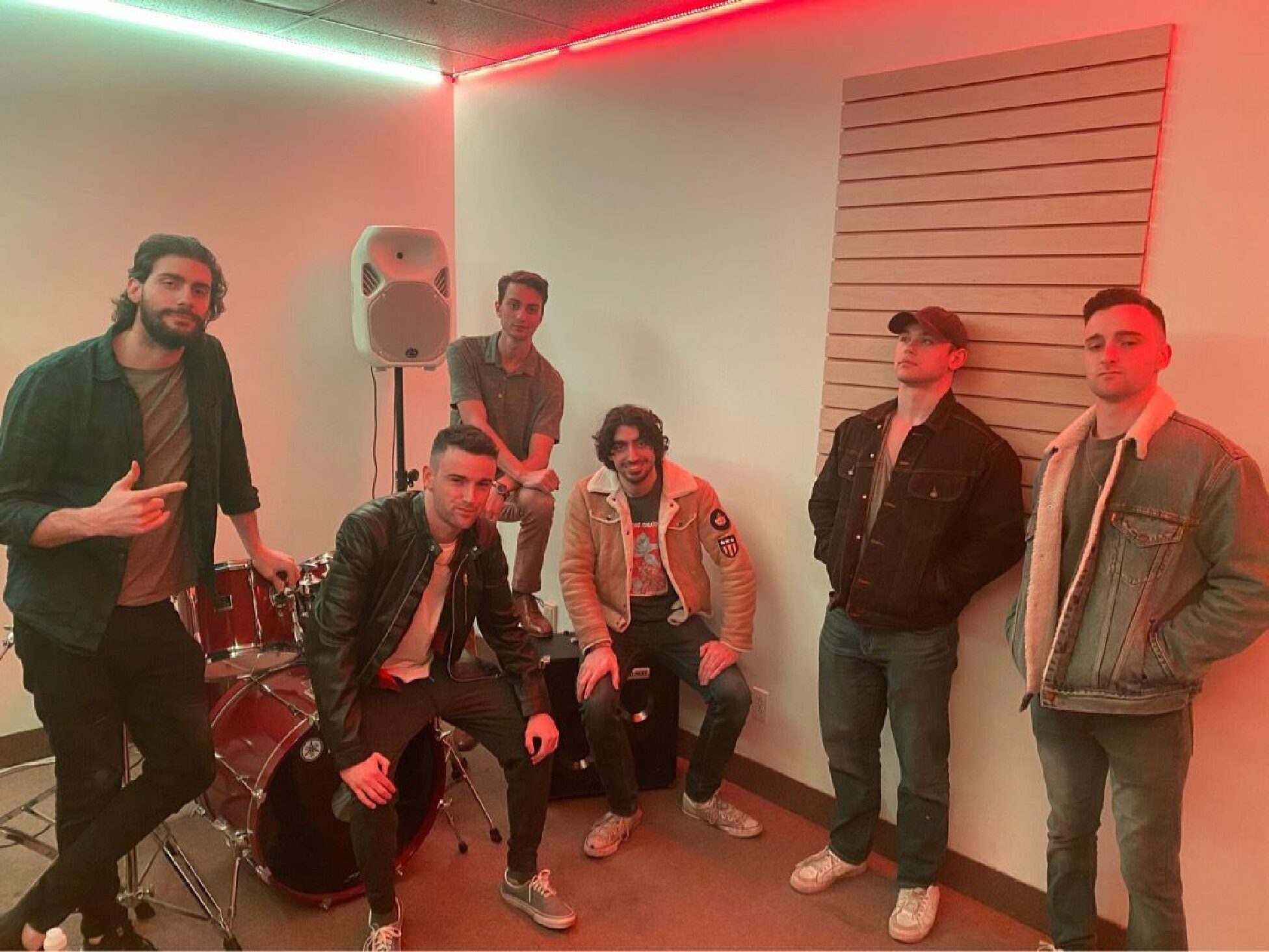There is no artist quite like Drake, and that’s why he’s our artist of the decade
Five Billboard chart-topping albums, three mixtapes, 100 charted songs, and two high-profile rap battles make for the most ludicrous decade from an artist who began his reign in the late 2000s as Lil Wayne’s protege.
Aubrey Graham, otherwise known to some as Drake, was the biggest hip hop artist of the decade and, if he continues this unprecedented run, could become the biggest of all time. Yes, Eminem is still active, but even the self-proclaimed “rap god” couldn’t keep up with the Toronto-bred giant, especially in the 2010s.
Drake formally introduced himself to the world in 2009 with the release of his explosive mixtape So Far Gone, a project that easily mixed classic Young Money-esque rapping with softer flows and melodies with clear pop-sensibilities.
The combination of singing and rapping has always existed (Phonte, Bone Thugs-N-Harmony, Andre 3000), but Drake took its popularity and threw it into the stratosphere. His influences aren’t a secret as he has cited Phonte’s rap duo with Big Pooh as Little Brother as a source of inspiration.
“Find Your Love,” a song that features three sung verses and a catchy hook was the driving force behind Drake’s debut album, Thank Me Later. The track is clearly not a rap record, nor is it pop. It falls under this weird umbrella of R&B-driven songs sung over a rap beat. This post-Kanye West blueprint of sung rap songs wasn’t new. There’s no Drake without 808s and Heartbreak or Man on the Moon, but the 2010s would certainly look different if he had never become the behemoth he is now.
The groundwork for Thank Me Later developed with Take Care and Nothing Was The Same and later perfected on his fourth studio album, Views. In this case, the word “perfected” doesn’t refer to the quality of his music. Rather, “perfected” means that he found the perfect combination of rap and pop styles to make a crossover hit of an album that sold over 800,000 units and totaled over a million album-equivalent units on the week of its release.
On that album, “One Dance,” “Controlla,” and “Child’s Play” were the quintessential pop-rap songs that helped finalize the shape of rap in the 2010s. Drake’s popularity became unprecedented with his run on Views. Coat-tailing off his legendary 2015 where he released smash-hit surprise mixtape If You’re Reading This It’s Too Late, his collab-mixtape with Future, What a Time to be Alive, and a feud that essentially buried Meek Mill alive, Drake was unstoppable. Everyone wanted to do Drake numbers. Everyone wanted to be Drake.
After Views, it seemed that melodic rappers had begun to take over in popularity. Future, Post Malone, Juice Wrld, Young Thug, Lil Uzi Vert, XXXTentacion are but a few names that fall under the “melodic rap” umbrella. They sing their verses and hooks, but their lyrics could be rapped if they truly pleased. But singing is where the money is. It’s catchier and easier to sing along to.
It would be wrong to say Drake is the reason for the existence of this new wave of rappers, but it would also be just as wrong to say that he didn’t help popularize the movement for younger rappers who were trying to breakthrough.
Drake’s influence is undeniable.
That’s why he’s the artist of the decade. It doesn’t solely rely on music quality, because if it did, Kendrick Lamar or Future would make better arguments. It also isn’t just a numbers game either, because if it were, a pop artist would likely fare better. In terms of impact, which encompasses a bit of quality and a bit of the numbers side of things, there’s no one quite like Drake. He could jump on any genre or any style and still make a hit. Furthermore, no other rapper could get away with having their son announced by a rapper they’re feuding with on a diss track over a Jay-Z beat. None. That takes power.
Call him a culture-vulture or unoriginal, but the fact that he could make any song a contender for the number one spot on Billboard’s charts is proof that Drake’s too big to fail.
In a 10-year span, Drake has managed to not only maintain his level of popularity but increase it every year. Granted, his sales after Views dipped, but that was to be expected after streaming services became the go-to for listening to new music.
Despite a fairly quiet 2019 in which he just released a handful of loosies, Drake has announced plans for an album in 2020. This isn’t a shocker but this album will set Drake’s path for the 2020s. It undoubtedly won’t be a flop but if the singles fail to dominate the radio and playlists, then it may be a sign of the times.
Until then, Drake is still very much the biggest artist and is showing no signs of slowing down.




